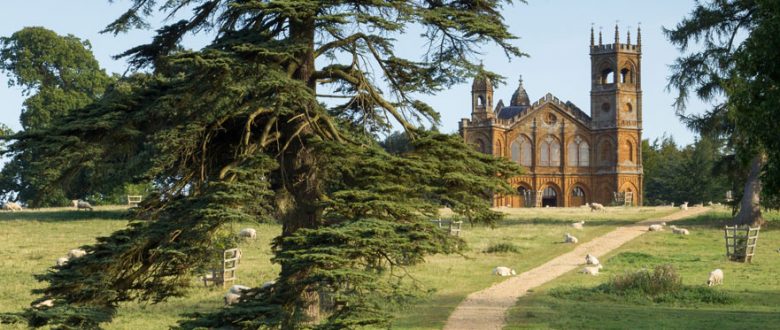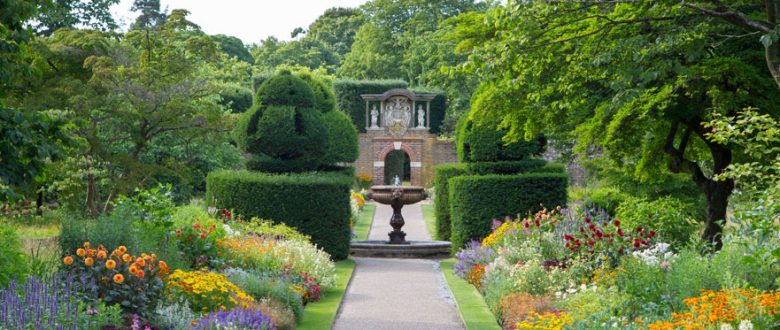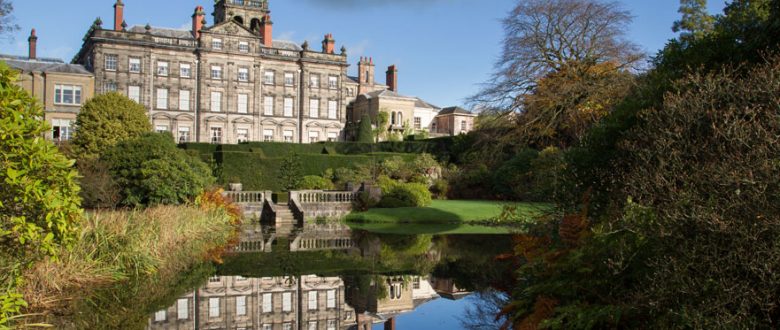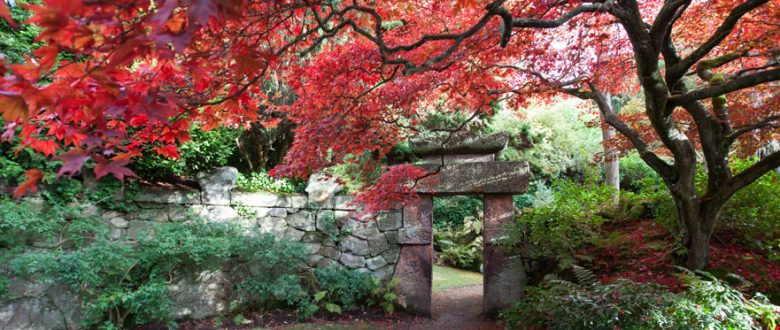Gardens in Time
Series which explores four iconic British gardens, from Christopher Lloyd’s Arts and Craft Great Dixter to Georgian Stowe and from Victorian Biddulph Grange to the quintessentially English Nyman’s.
Great Dixter: Lays claim to being the most innovative, spectacular and provocative garden of the 20th century. Made famous by the much-loved eccentric plantsman and writer Christopher Lloyd, who used the garden as a living laboratory and documented his experiments in a weekly column in Country Life, Great Dixter began life as a Gertrude Jekyll-inspired Arts and Crafts garden surrounding a house designed by Edwin Lutyens.
The Lloyd family created Dixter just before the outbreak of the First World War with the intention of establishing a rural idyll for Christo and his five siblings. Dixter was to be both Christo’s horticultural nursery and the setting for his rebellion in late middle age as he finally threw off the shackles of his intense bond with his mother to make the garden and his life his own.
Stowe: One of the most remarkable creations of Georgian England, is the birthplace of the landscape garden. Created on a vast scale with 36 temples, eight lakes and a dozen avenues, Stowe launched the career of Lancelot ‘Capability’ Brown and fostered a rebellion that overthrew the first British prime minister, Robert Walpole. Rather than being a garden of flowers and shrubs, Stowe is a garden of ideas and its grottos and classical monuments spell out a furious, coded political manifesto. Stowe’s creator, Viscount Cobham, dreamt of climbing to the pinnacle of political power and establishing a long-lived dynasty, but less then a century after his death his family was to become the most scandalous bankrupts in English history.
Nymans: One of the most fashionable and romantic gardens of the Edwardian and interwar years, was the creation of a family of German emigres of Jewish descent. The Messels arrived in Britain in 1870 at a time when both anti-semitism and anti-German sentiment were rife. Nevertheless, Ludwig Messel succeeded in establishing a successful stockbroking firm and creating at Nymans the quintessential English garden with rare plants and a theatrical herbaceous border inspired by William Robinson.
His children and grandchildren would continue to develop the garden and the family’s spectacular social trajectory reached its apogee with Ludwig’s great-grandson Antony Armstrong-Jones’s marriage to Princess Margaret. However, Nymans was to repeatedly face disaster as a fire devastated the house leaving just a romantic ruin to dominate the garden, while the garden itself came close to total destruction in the Great Storm of 1987.
Biddulph Grange: The best-surviving Victorian garden in the country, takes the visitor on a whistlestop journey around the world from China to Egypt in a series of gardens connected by tunnels and subterranean passageways.
Biddulph was created at the height of the British Empire by James Bateman, the son of a wealthy industrialist. Bateman was fascinated by botany and the emerging technologies of the Victorian era, filling his garden with rare specimens tracked down by the Victorian plant hunters laid out to designs that purported to come from around the world but were actually inspired by the Great Exhibition and painted plates from the Potteries.
But Bateman’s fascination for all things new would come into conflict with his deeply held religious beliefs, leading him into open conflict with Darwin, financial ruin and the eventual loss of his beloved garden.
Originally broadcast on BBC4, Tuesday 9 April 2014.
Credits
Filmed, Directed & Produced
by Ant Palmer and Ruairi Fallon
Executive Producer
Katie Buchanan
Narrated
by Paul Copley
Production Coordinators
Louise Vitols
Lauren Kelly
Production Manager
Jade Miller-Robinson
Assistant Producer
Victoria Balfour




